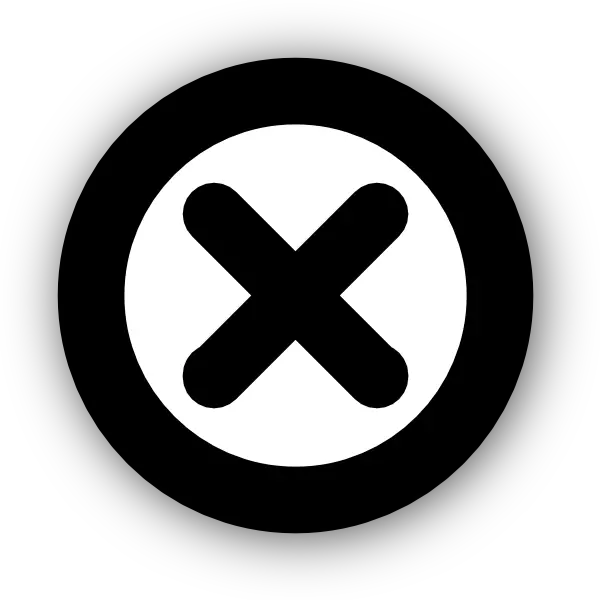As we step into the financial year 2024–25, Indian taxpayers are faced with a key decision:
Should you stick with the old tax regime or switch to the new one?
This question becomes even more important because from FY 2023–24, the New Tax Regime is the default option. That means unless you actively choose the old regime, you’ll be taxed under the new one by default.
But what exactly is the difference? And more importantly — which tax regime is better for you in 2025?
Let’s break it down with a detailed, real-world comparison guide that will help you decide with confidence.
📌 What is the New Tax Regime (2025)?
Introduced in Budget 2020, and revised in Budget 2023, the new tax regime:
- Offers lower slab rates
- But removes most deductions and exemptions (like 80C, HRA, LTA, etc.)
It is simpler, but only beneficial if you don’t claim many deductions.
📊 Income Tax Slabs: New vs Old (FY 2024–25 / AY 2025–26)
✅ New Tax Regime Slabs (FY 2024–25)
| Annual Income | Tax Rate |
|---|---|
| ₹0 – ₹3,00,000 | 0% |
| ₹3,00,001 – ₹6,00,000 | 5% |
| ₹6,00,001 – ₹9,00,000 | 10% |
| ₹9,00,001 – ₹12,00,000 | 15% |
| ₹12,00,001 – ₹15,00,000 | 20% |
| ₹15,00,001 and above | 30% |
🆕 Standard Deduction of ₹50,000 is now allowed under the New Regime (from FY 2023–24 onwards).
✅ Old Tax Regime Slabs (FY 2024–25)
| Annual Income | Tax Rate |
|---|---|
| ₹0 – ₹2,50,000 | 0% |
| ₹2,50,001 – ₹5,00,000 | 5% |
| ₹5,00,001 – ₹10,00,000 | 20% |
| ₹10,00,001 and above | 30% |
🧾 Includes access to 80C, 80D, HRA, LTA, and many more exemptions/deductions.
🔍 New Tax Regime vs Old Tax Regime: Feature-by-Feature Comparison
| Feature | Old Regime | New Regime |
|---|---|---|
| Standard Deduction | ₹50,000 (for salaried/pensioners) | ✅ ₹50,000 (since 2023) |
| 80C Deductions (PPF, ELSS) | ✅ Up to ₹1.5 lakh | ❌ Not allowed |
| 80D (Health Insurance) | ✅ Up to ₹75,000 | ❌ Not allowed |
| HRA Exemption | ✅ Yes | ❌ No |
| LTA (Leave Travel) | ✅ Yes | ❌ No |
| NPS (80CCD1B) | ✅ Up to ₹50,000 | ❌ Not allowed |
| Simplicity | ❌ Complex | ✅ Very Simple |
| Tax Rates | Higher | Lower (but no deductions) |
| Flexibility | ✅ More tax-saving options | ❌ Limited |
💰 Real-Life Example: Old vs New Tax Regime in 2025
👨💼 Case 1: Salaried Employee Earning ₹12 Lakh
With Deductions (Old Regime):
- 80C (ELSS/PPF): ₹1,50,000
- 80D (Health): ₹25,000
- HRA: ₹1,00,000
- Standard Deduction: ₹50,000
Total Deductions = ₹3.25 lakh
Taxable Income = ₹8.75 lakh
Tax Payable (Old) ≈ ₹76,500
Without Deductions (New Regime):
- Standard Deduction only: ₹50,000
Taxable Income = ₹11.5 lakh
Tax Payable (New) ≈ ₹87,500
🧾 Old Regime Saves ₹11,000 in this case.
👩💻 Case 2: Freelancer Earning ₹10 Lakh (No Investments)
- No EPF, No 80C, No Insurance
- Standard Deduction not applicable in old regime
- No major deductions
Old Regime Tax ≈ ₹1.12 lakh
New Regime Tax ≈ ₹62,500
✅ New Regime is clearly better for those without investments or deductions.
✅ When Should You Choose the New Tax Regime in 2025?
Choose New Tax Regime if:
- You don’t invest in 80C options (PPF, ELSS, LIC)
- You don’t pay for health insurance
- You live in your own house (no HRA benefit)
- You prefer a simplified, hassle-free filing
- Your income is below ₹7 lakh (no tax after rebate under section 87A)
💡 Note: Under the New Regime, there’s zero tax if your total income is up to ₹7 lakh (after rebate).
✅ When Should You Stick to the Old Tax Regime?
Choose Old Tax Regime if:
- You invest in tax-saving instruments like PPF, NPS, ELSS
- You claim HRA, LTA, home loan interest
- You pay for health insurance
- Your deductions exceed ₹2.5–₹3 lakh
The old regime is ideal for tax-conscious investors who plan and optimize savings.
🔄 Switching Tax Regimes – What You Need to Know
| Category | Can Switch Every Year? |
|---|---|
| Salaried Employees | ✅ Yes (every year) |
| Business Professionals | ❌ Only once |
If you’re salaried, you can evaluate both options every year and choose whichever gives lower tax.
❓ FAQs – Old vs New Tax Regime in 2025
Q1. Can I claim HRA under the new tax regime?
❌ No, HRA is not allowed in the new regime.
Q2. Is standard deduction allowed in the new regime now?
✅ Yes, ₹50,000 standard deduction is now allowed for salaried/pensioners from FY 2023–24.
Q3. Which regime is the default in FY 2025?
The New Tax Regime is now the default regime. If you want to use the old regime, you must opt for it while filing ITR.
Q4. Is the new regime better for people with no deductions?
✅ Yes. If you don’t claim deductions, the new regime gives lower taxes.
🧾 Final Verdict: Which Tax Regime Should You Choose in 2025?
- If you invest strategically, pay insurance, rent, etc. — go for the Old Regime.
- If you don’t claim many deductions and want simplicity, the New Regime may save you more.
👉 Use an income tax calculator to compare both options before filing.
